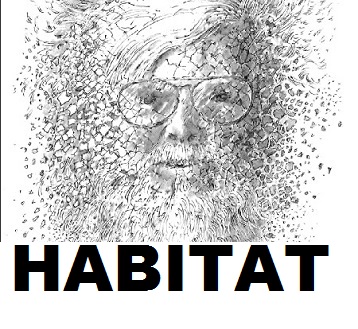Michael Sorkin might appropriately be called a visionary with a heart. He has understood that, with the universal buzz about people living in cyberspace and communicating primarily through global wavelengths, this is already a reality and just another convenient set of tools that will soon be assimilated into the realm of routine. In this respect, computers are just like every other exotic technology that has nourished science fiction hyperbole and ended up as nostalgic curios in antique auctions.
In designing for the future city, Sorkin has acknowledged that people are weary of looking at digital screens all day and sit-coms all night; so why on earth would they want their neighborhood to be another extension of virtual reality? The fact is that people need and value human interaction more than ever because of computer technology. In the Sorkin city, they walk, talk, sit on stoops, tend their gardens, and breath cleaner air. Preserving this desirable reality is the basic goal of sustainability and the primary urban design challenge of the future.








